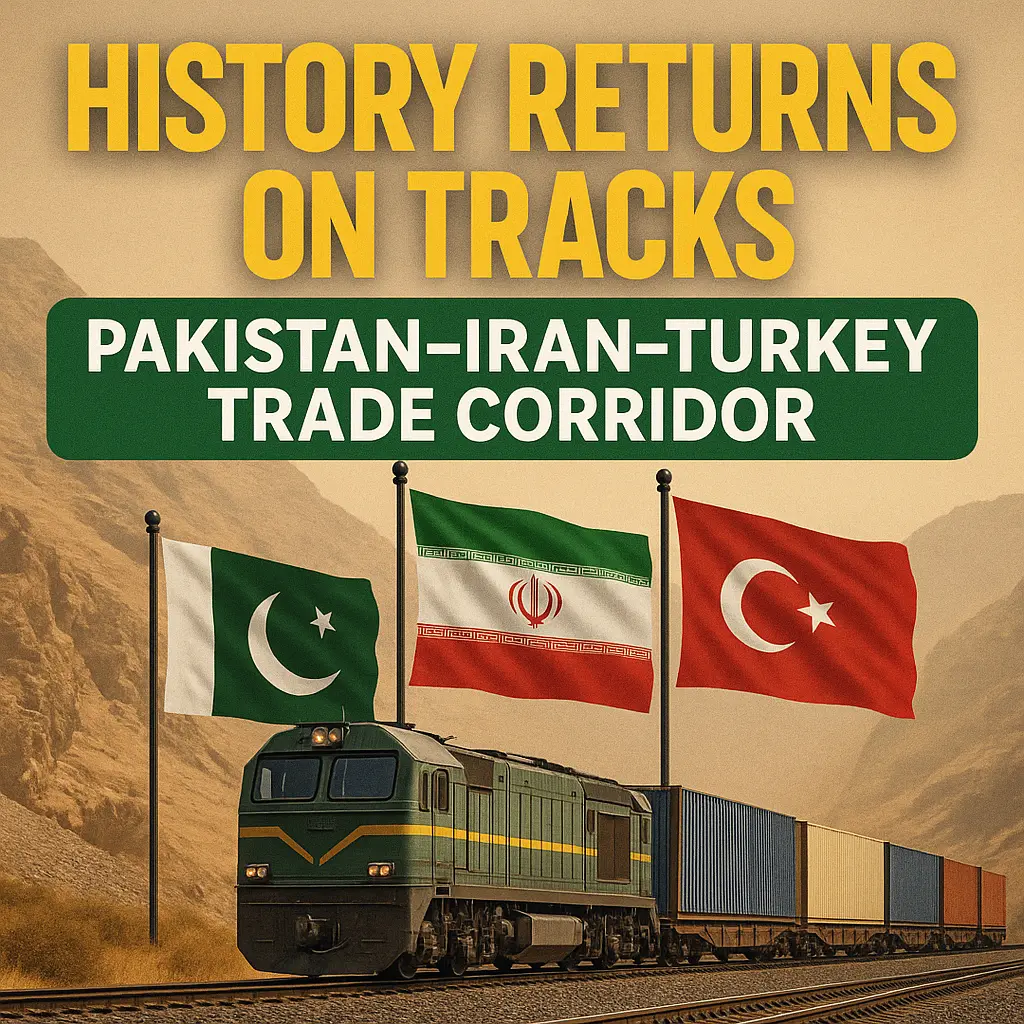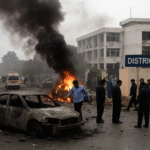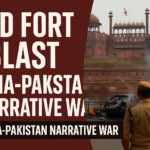Honestly, if you look at world politics today, one thing is clear: countries that stay connected thrive and those that remain isolated fall behind. Pakistan, Iran, and Turkey understood this long ago. That’s why, back in 1964, they created the RCD a bold idea to boost trade, culture, and transport across three major Muslim nations.
Fast-forward to today, and that old vision is getting a powerful upgrade. The Islamabad-Tehran-Istanbul (ITI) freight train is back on track, and this time, it feels different more serious, more strategic, and honestly, more promising.
Let’s break down what this revival really means, why the first version didn’t fully click, and how this modern railway could reshape Pakistan’s economic future.
A Quick Flashback: What Was RCD?
Think of RCD as an early “regional cooperation club” created decades before the world started obsessing over trade blocs and economic corridors.
It aimed to:
• Boost trade between Pakistan, Iran, and Turkey
• Build cultural and academic bridges
• Improve transport and cross-border connectivity
Great idea but timing was tough. Political changes, sanctions, weak industrial bases, and global Cold War pressure didn’t make things easy.
Still, the groundwork was laid. And that matters.
In 1985, the idea evolved into ECO a larger and more modern economic group. The dream wasn’t dead — it was maturing.
Fast Forward: ITI Railway Same Dream, Bigger Goals
Today, the Islamabad-Tehran-Istanbul train isn’t just a railway line. It’s a revival of vision connecting South Asia to Europe by land.
This route means:
• Faster and cheaper trade than sea routes
• Direct access to Turkey and European markets
• Real, physical infrastructure instead of just political speeches
As of 2025, global trade is shifting again. Land routes matter. Supply chains are changing. Countries want reliable partners, not ocean delays.
And Pakistan, sitting right between China, Central Asia, the Middle East, and Europe, suddenly looks like a geography-blessed player.
Think about this… if Pakistan positions itself smartly, this corridor could turn into Pakistan’s Silk Route 2.0.
Old-World Trade Roots Still Matter
Back in the RCD days, trade mostly revolved around:
• Textiles and leather
• Carpets and handicrafts
• Rice, fruits, and agriculture
• Religious and cultural tourism
These industries are still alive and honestly, Pakistan shines in many of them. But now, something exciting is happening…
New-World Economic Engines Are Here
This time, cooperation is not stuck in 1964. It’s powered by:
• Modern rail logistics
• Industrial zones linked to rail networks
• Energy pipelines and electricity cooperation
• Digital trade and fintech platforms
• Defense-industrial partnerships
• Tourism — especially Islamic heritage routes
• Cross-border e-commerce and supply chains
In my experience, what really makes the difference in regional development is infrastructure + consistency. And this corridor checks both boxes.
Why This Time Feels Different
Most blogs just say “the train restarted” and stop there. But here’s the part no one talks about…
The global system has changed.
• China’s Belt and Road Initiative & CPEC are shifting trade maps
• Europe is looking for stable trade partners
• Middle East is investing in transport & energy networks
• Land trade is becoming hotter than sea-only routes
In simple words: the world is finally moving in the same direction RCD imagined decades ago.
What This Means for Pakistan
If Pakistan plays this right, we get:
• Direct access to Europe
• Cheaper export routes
• Foreign investment in logistics & industry
• Better energy options through Iran
• Positioning as a regional trade hub
The truth is, Pakistan doesn’t lack potential it needs continuity, connectivity, and confidence. This corridor helps with all three.
FAQs
Wasn’t this train launched before?
Yes — in 2009 and again in 2021. But now, the planning, global timing, and economic needs are stronger.
Is this only a symbolic project?
No. It’s a working freight link connecting Pakistan to Europe — and a real part of larger Eurasian connectivity.
Can this help Pakistan’s exports?
Absolutely. Agriculture, textiles, ceramics, sports goods, surgical goods, and even IT services can benefit.
What about Iran sanctions?
Regional trade is adjusting. Pakistan will still benefit from trade, transit fees, and energy corridors.
Final Thoughts
From RCD to today’s modern railway network, one thing stayed constant: a belief in regional partnership. Now, with the ITI freight train rolling again, that belief is turning into physical connectivity and economic opportunity.
This isn’t just a train.
It’s a strategy. A comeback. A second chance at regional strength.
And honestly, Pakistan should grab it with both hands.
This article will be updated regularly with new insights.










